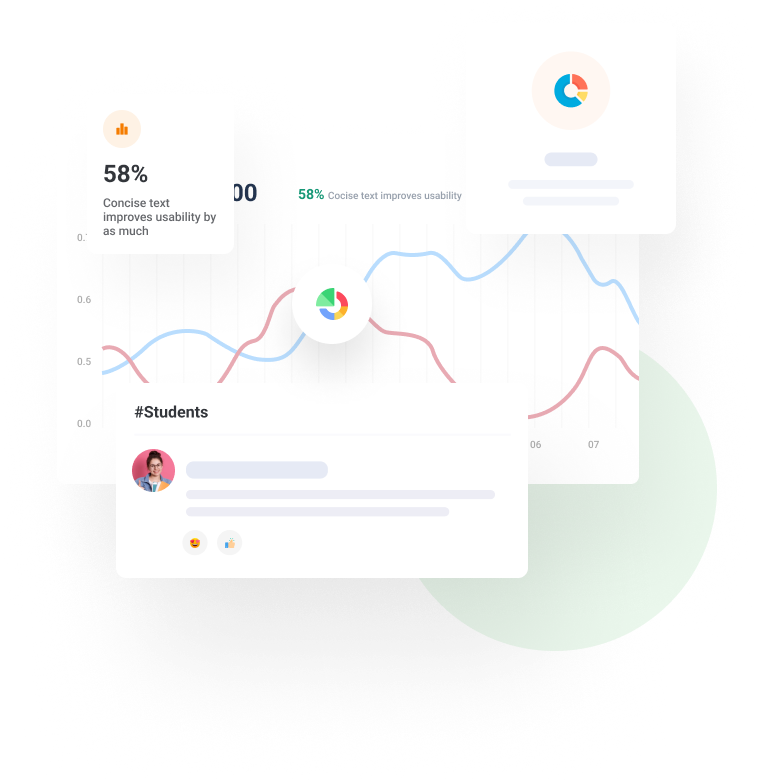Student Engagement with Interactive Engineering Textbook Reading
Published American Society for Engineering Education, 2023
Authors
Chelsea Gordon
zyBooks, A Wiley Brand
Dr. Adrian Rodriguez
University of Texas at Austin
Dr. Alicia Clark
zyBooks, A Wiley Brand
Mr. Bryan Gambrel
zyBooks, A Wiley Brand
Ms. Linda Ratts
zyBooks, A Wiley Brand
Jennifer L. Welter
Wiley
Dr. Ryan Barlow
zyBooks, A Wiley Brand
Dr. Yamuna Rajasekhar
zyBooks, A Wiley Brand
Dr. Nikitha Sambamurthy
zyBooks, A Wiley Brand
Lauren Fogg
zyBooks, A Wiley Brand
Jamie Emily Loeber
Abstract
Engineering courses have seen a rise in the usage of online textbooks, especially in response to
the COVID-19 pandemic and the need for classes to be remote. Some of these online textbooks
contain learning questions, video media, animations, simulations, 3D tools, and other interactive
elements. The goal for these interactive elements is for students to engage through reading,
answering questions, watching videos, stepping through animations, or otherwise participating
with the interactive content. Despite the availability of such interactivity, student engagement is
not a guarantee. Due to time constraints and other pressures, students may opt for racing through
the textbook or skipping the interactive elements entirely, rather than earnestly interacting with
the material. In response, some instructors have tried to motivate reading by assigning the
completion of reading assignments as a percentage of the final course grade. This paper
investigates how student textbook engagement is affected when reading assignments are tied to
the final course grade.
This paper uses data from online interactive engineering textbooks containing short answer,
matching, and multiple-choice questions, along with animations as assigned activities. The
animations show key conceptual information and are viewed in a sequential step order. All steps
must be viewed in order to receive credit. For this paper, we measure student engagement
through activity completion percentage. We describe the various components of interactive
engineering textbooks, outline a definition of engagement, and summarize overall textbook
engagement data. Across three engineering textbooks (Callister’s Materials Science and
Engineering: An Introduction, Nise’s Control Systems Engineering, and Irwin’s Basic
Engineering Circuit Analysis), we confirm a significant positive correlation between student
engagement and the percentage of final course grade awarded for completion of assigned
activities. Assigning any percentage at all corresponds to over a 35% increase in content
completion, and the higher the assigned percentage, the greater the completion increase. These
results strongly suggest that instructors should assign course credit for completion of interactive
textbook material if they want students to read and engage.









